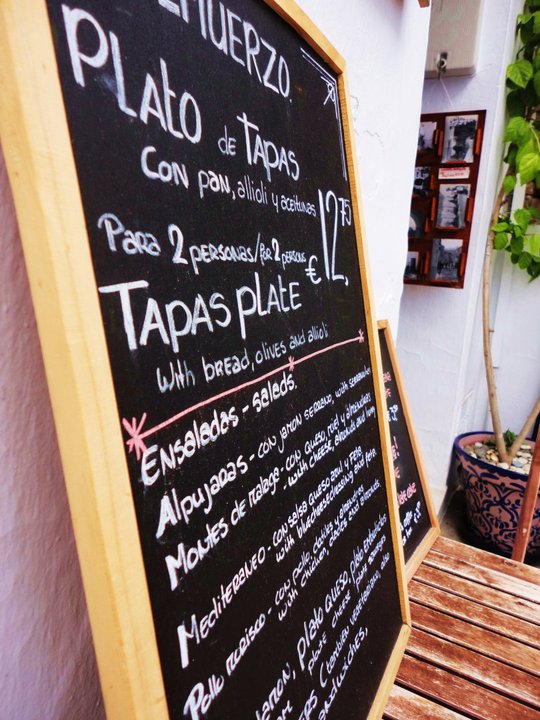Tour De Food: Culinary Customs in France, Italy & Spain
France
- Baguettes, cheese, and wine comprise a basic French meal.
- Fresh ingredients are a must, & meals are prepared with care.
- Lunch is 2 hours long.
- Some businesses close for as long as 5 hours because of lunch.
- Most famous French dishes are regional specialties.
- Ingredients used in special dishes vary by geographic region.
All great French cuisine is premised upon the careful preparation of fresh ingredients. France’s most essential traditional dish typically consists of bread, cheese, and wine. In France, individual meal portion size is generally much smaller than it is in America. The French widely consider breakfast to be the least important meal of the day: many Français do not eat breakfast on a regular basis at all! People in France love to take their time when enjoying meals, in order to fully savor every morsel and every moment. In the life of the French citizen, lunch is the primary meal of the day, and usually lasts for around two hours. Most businesses pause operations in the middle of the day to accommodate the lengthy French lunch period. Dinner in France is also a lengthy meal, and generally consists of several courses. Time spent at the lunch and dinner table in France is almost always used as a time to socialize.
Italy
- Food is life for Italians! It represents a connection between family members.
- Family gatherings are centered on the preparation and enjoyment of meals.
- Sagre are food festivals which celebrate local ingredients.
- Types of foods vary by regions:
- Central Italy: Spaghetti, pizza.
- North Italy: Fish, potatoes, rice, sausage, pork, cheese.
- South Italy: Tomatoes, capers, peppers, olives, olive oil, garlic, artichokes, eggplant, ricotta.
Food is an integral component of Italian culture. Italians take food very seriously, and consider it a defining part of their daily lives. Italians generally partake in three meals a day. The Italian breakfast typically consists of coffee and bread (or pastry). Lunch and dinner are much heavier meals. Lunch is the most significant of the two meals and is used to socialize with family members: it is symbolic of the strong Italian bond between food and family. Lunch and dinner in Italy each consist of two courses. The first course, “antipasto”, consists of a pasta, risotto, or soup dish. The second course served is typically a meat or fish dish. Following the first and second courses, Italians will enjoy coffee and liquor beverages as they continue to socialize beyond the meal’s end.
Spain
- Mediterranean cuisine supports a healthy and rich diet!
- The Spanish use a wide variety of ingredients:
- Lots of bars in Spain, which usually double as restaurants.
- Bars serve tapas, snack size portions of food.
- Ir de pinchos means visiting multiple bars and trying different tapas!
The majority of food consumed in Spain is considered to be Mediterranean food, which consists of healthy and rich ingredients. This style of food involves the integration of a variety of ingredients such as vegetables, nuts, seafood, fruits, grain foods, meat, and beans. Spain is full of bars and restaurants, where people meet to socialize, watch sports, drink, and enjoy tapas. Tapas are snack size servings of food, much like an American appetizer. Typically, groups of friends will order multiple tapas and share them! Just as in France, breakfast is considered to be the least important meal of the Spanish day. Most people skip it altogether, or eat something light. The most important Spanish meal is lunch, which is comprised of three courses. Lunch is served with bread, water, and wine. The first course consists of salad or soup, the second course consists of meat or fish, and the third course consists of pastry or fruit. In Spain, dinner is a lighter version of lunch. It takes place quite late at night, usually between 9pm and 11pm.
By Baker Prewitt, Development Intern

